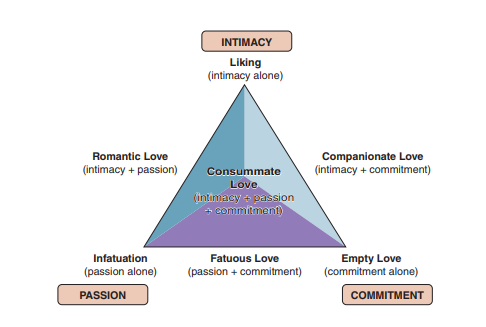Chapter 10
1/14
There's no tags or description
Looks like no tags are added yet.
Name | Mastery | Learn | Test | Matching | Spaced |
|---|
No study sessions yet.
15 Terms
conformity orientation
Refers to how strongly a family enforces the uniformity of attitudes, values, and beliefs.

conversation orientation
Relates to how open families are to discussing a range of topics.

family communication pattern
The four ways conversation and conformity can combine, being consensual, pluralistic, protective, or laissez-faire.
family system
A group of interdependent individuals that interact and adapt together as a whole.
friends with benefits (FWB)
A popular term for nonromantic heterosexual friendships that include sexual activity.
intimacy
A state of close union, contact, association, or acquaintance.
love languages
Gary Chapman argues that each of us has our own notion of what counts as love.
Words of Affirmation
Quality Time
Gifts
Acts of Service
Physical Touch
relational commitment
A promise—sometimes implied and sometimes explicit—to remain in a relationship and to make that relationship successful.
relational turning point
Transformative events that alter the relationship in a fundamental way.
role
A set of expectations about how to communicate.
triangular theory of love
Robert Sternbergs theory of love having three components.
Intimacy: The closeness and connectedness one feels
Passion: the physical attraction and emotional arousal
Commitment: the rational side of love, involving decisions to maintain the relationship.

Consensual families
Communication is open and comfortable, the ultimate decision making power lies in the father and mother.
Pluralistic Families
Communication is open and unrestrained with all contributions evaluated on their own merits. A consensus emerges from these discussions.
Protective Families
These families emphasizes obedience to authority and the reluctance to share thoughts and feelings. The parents word is final.
Laissez-faire Families
Communication is hands off and decision making is individual.